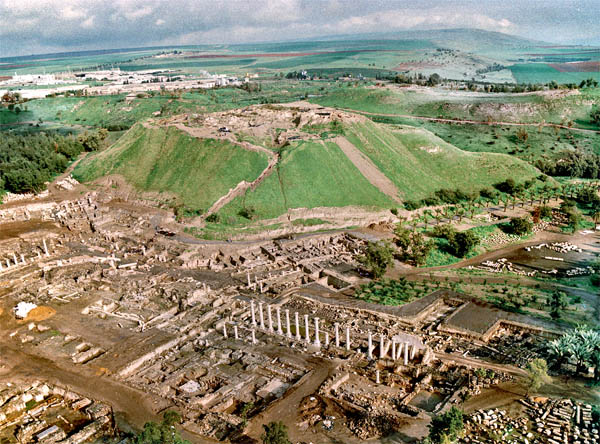Image Details

Photo by Gaby Laron, The Hebrew University of Jerusalem
How Low Can It Go? The latest in Roman urban planning could not be accommodated on the steep tell of Beth Shean (called Nysa/Scythopolis in that period), so the Romans built the expansive lower city from the first century B.C.E. onward (mainly during the first–second centuries A.D.), featuring wide, straight streets, markets and monuments. They added only a temple to the top of the mound, which was replaced by a church in the Byzantine period.
